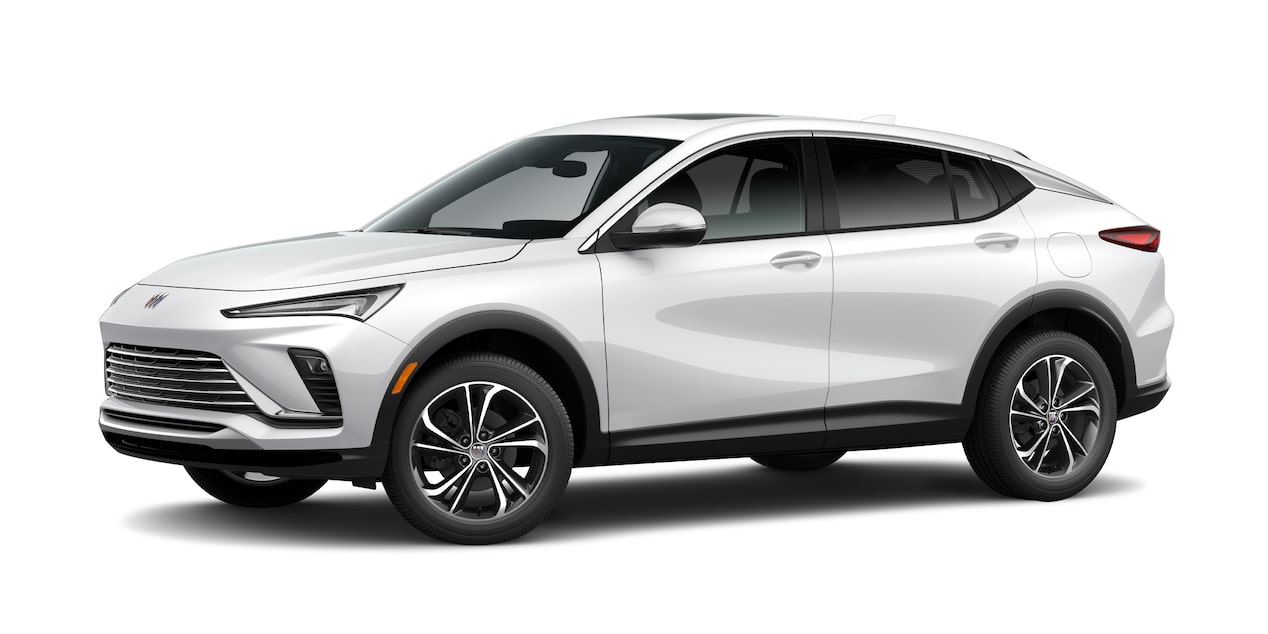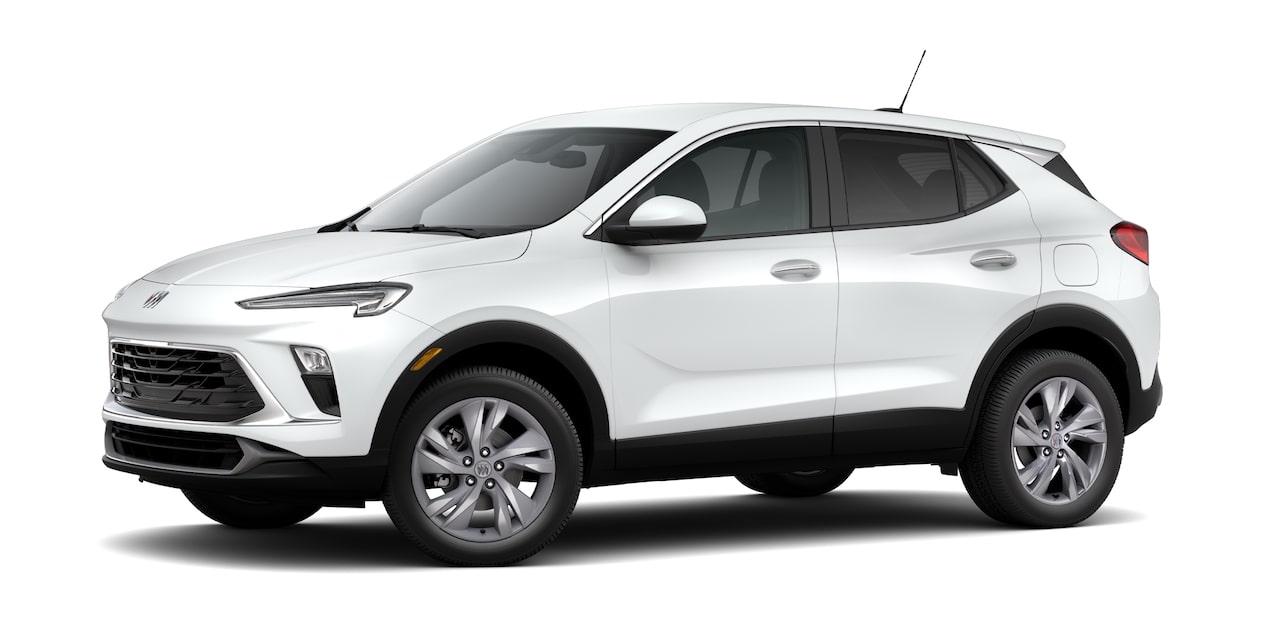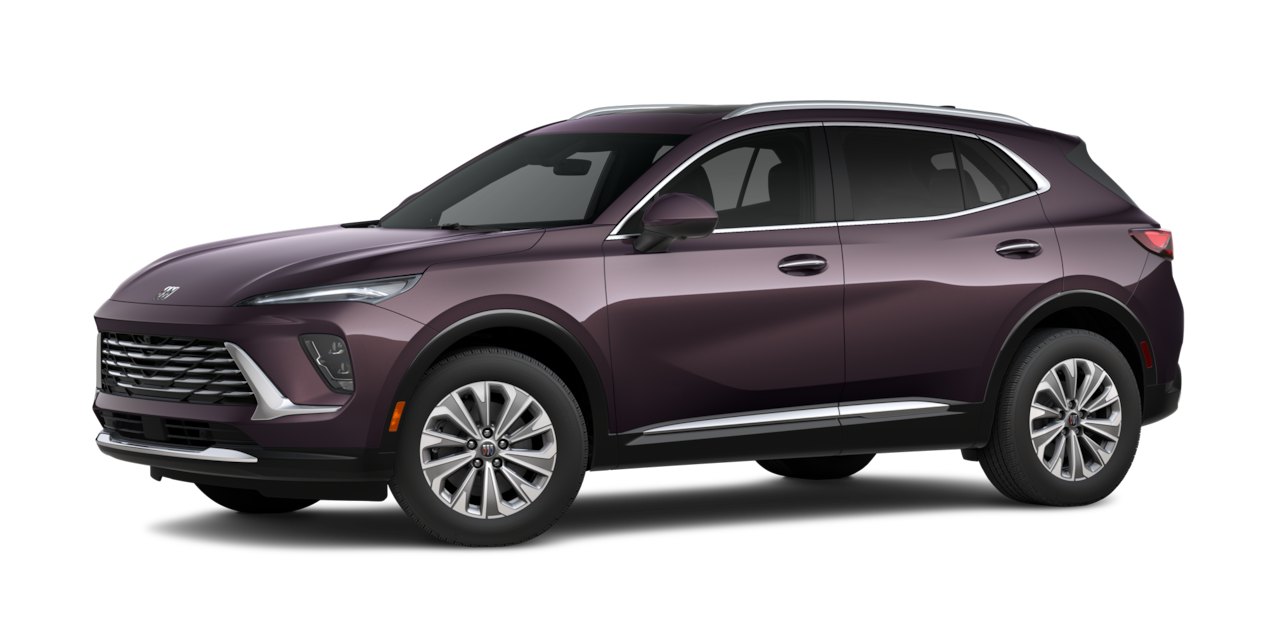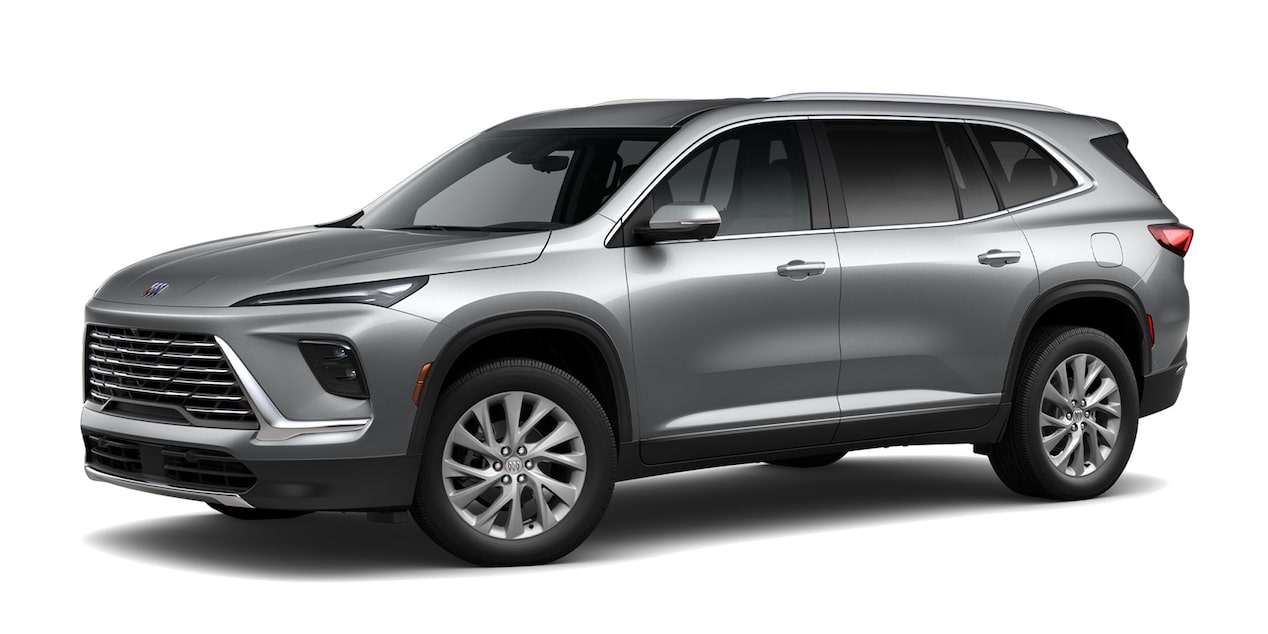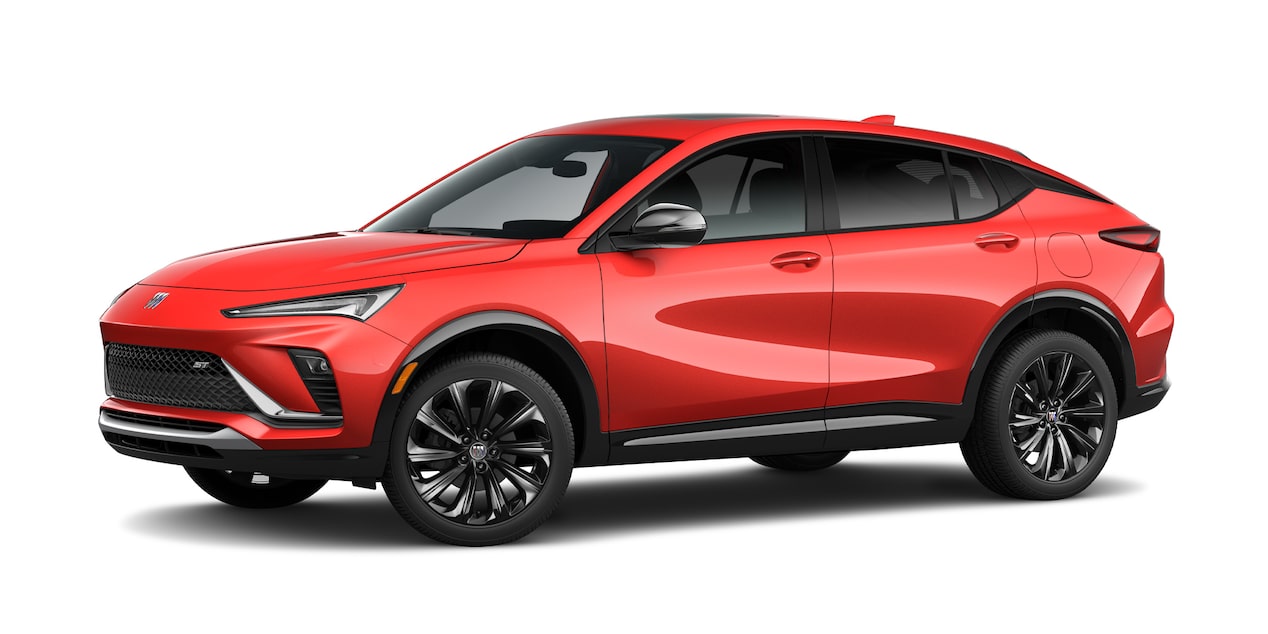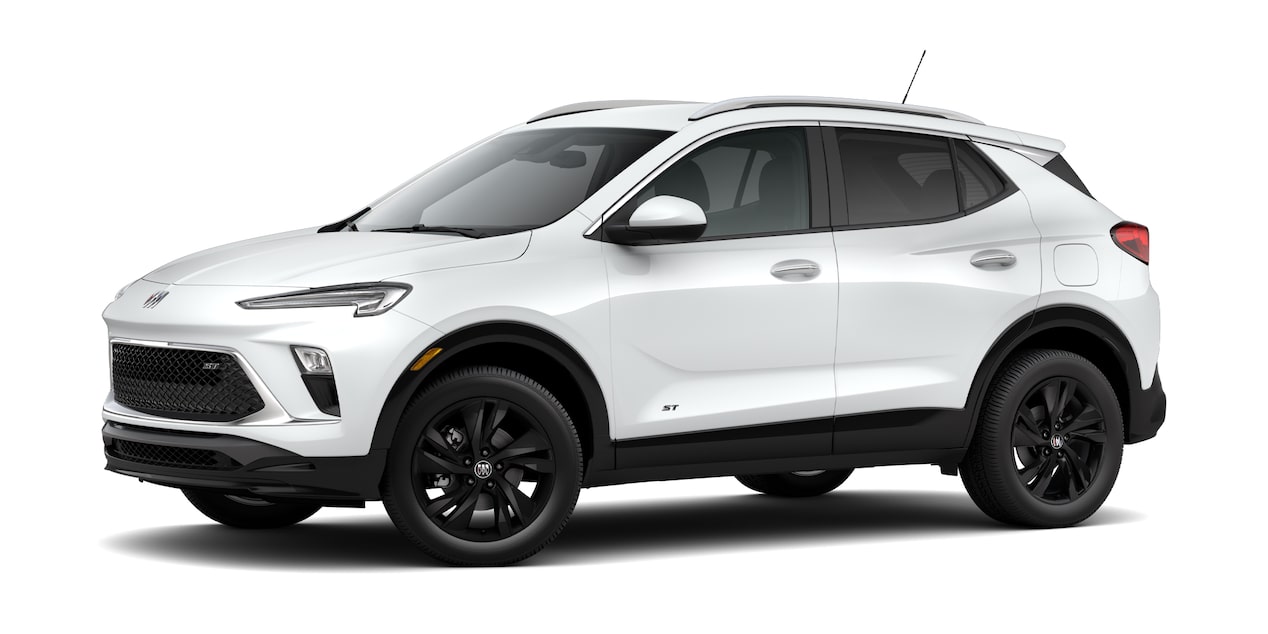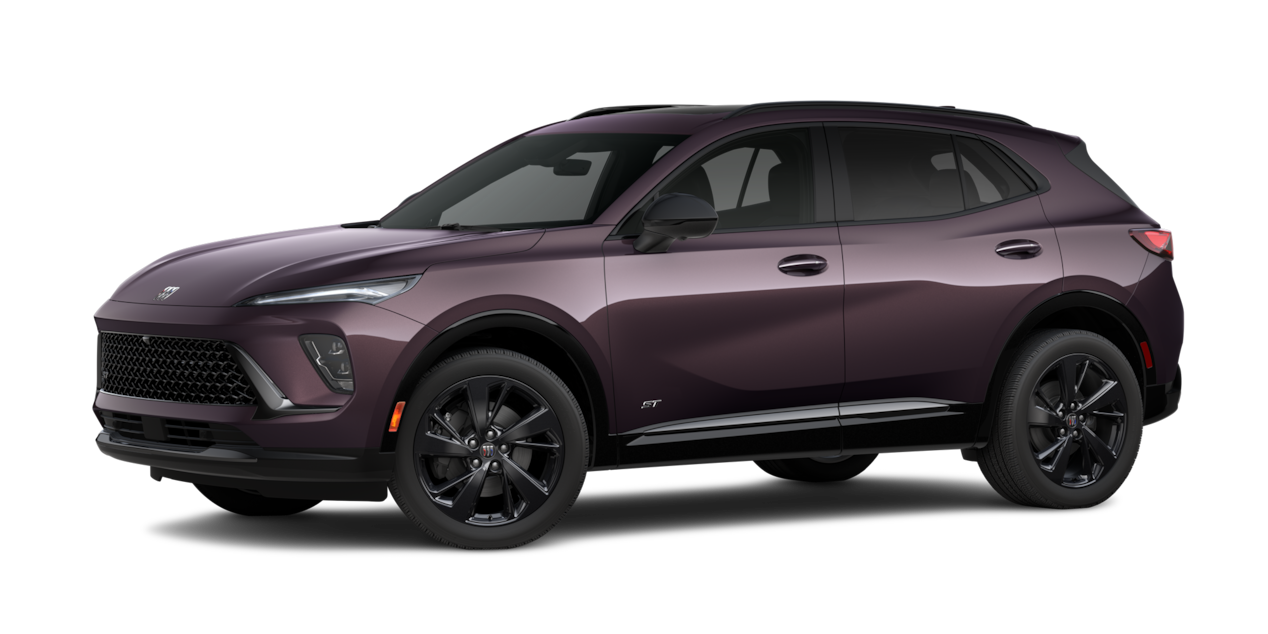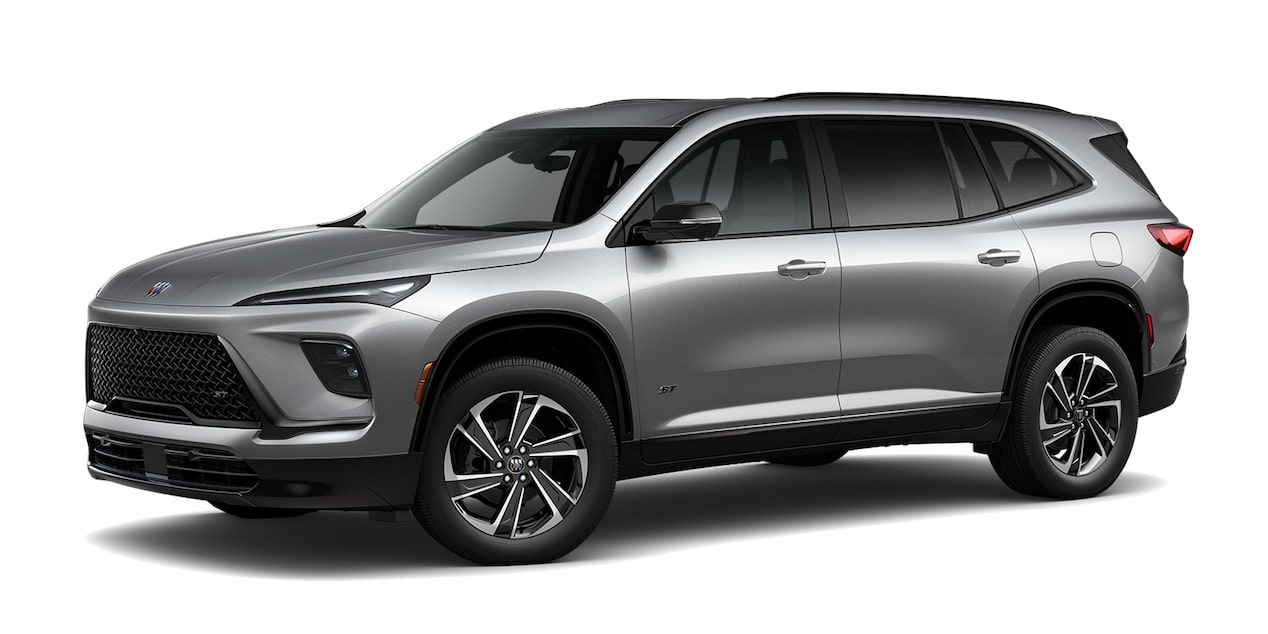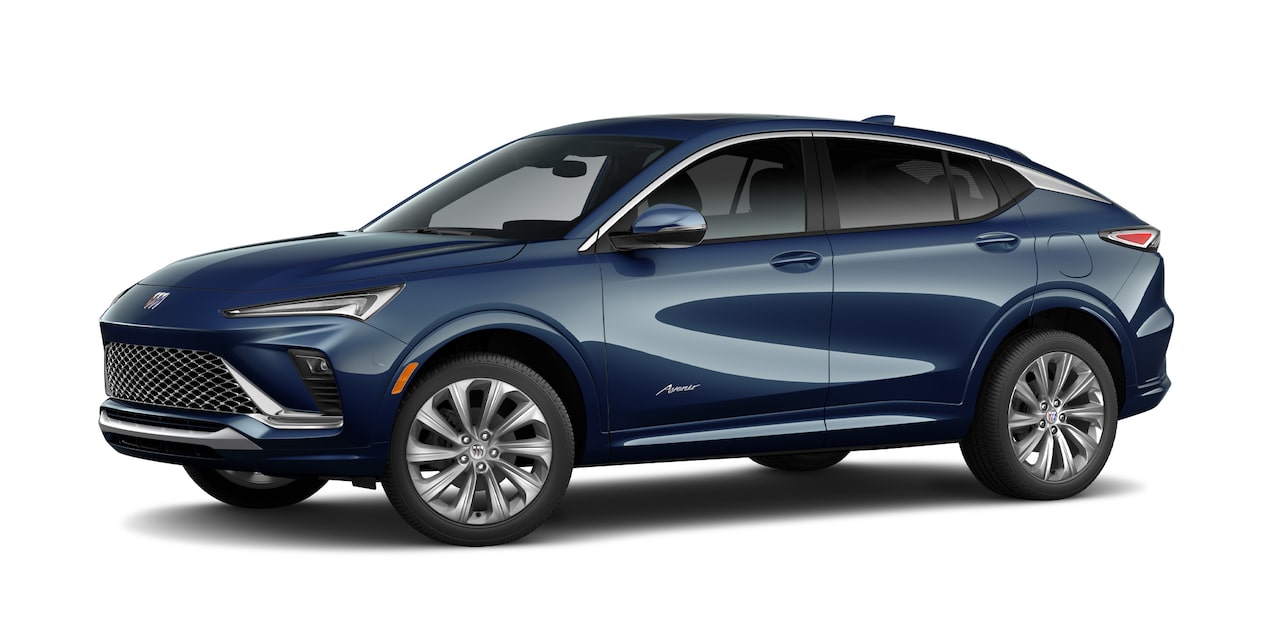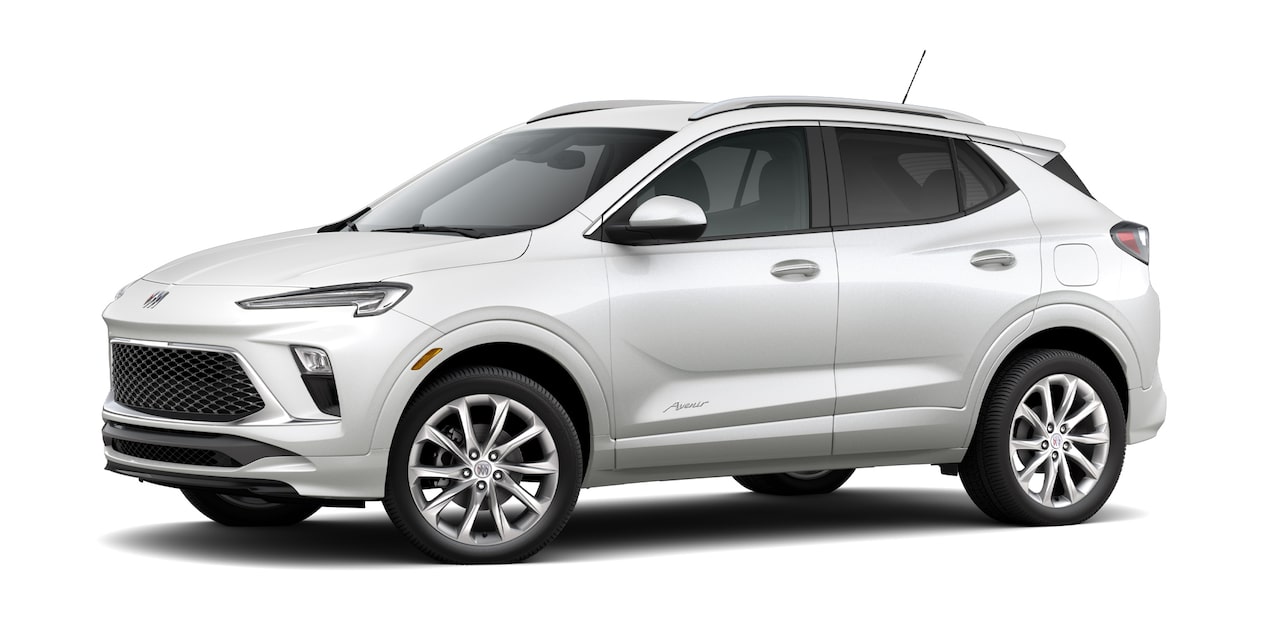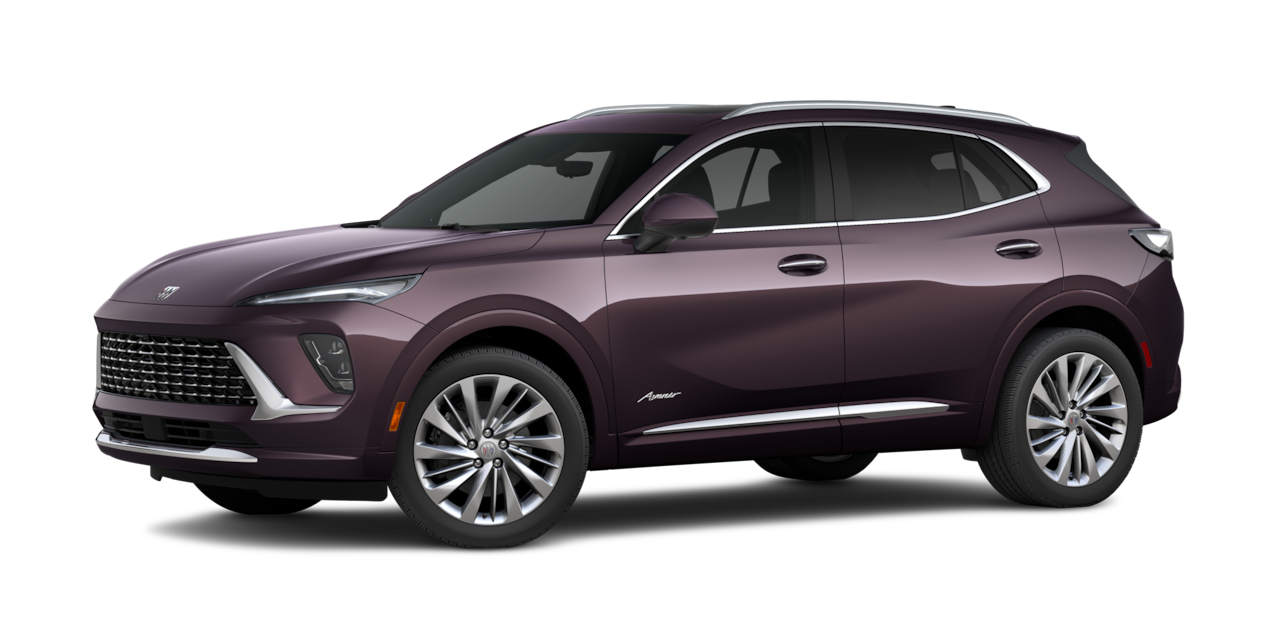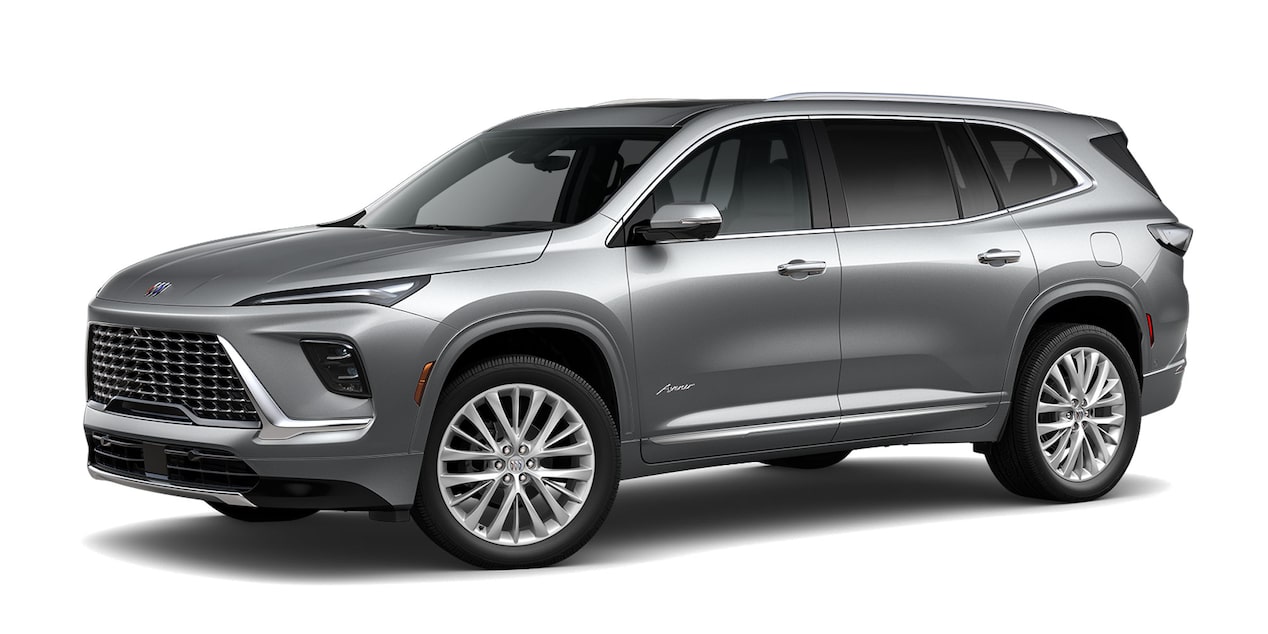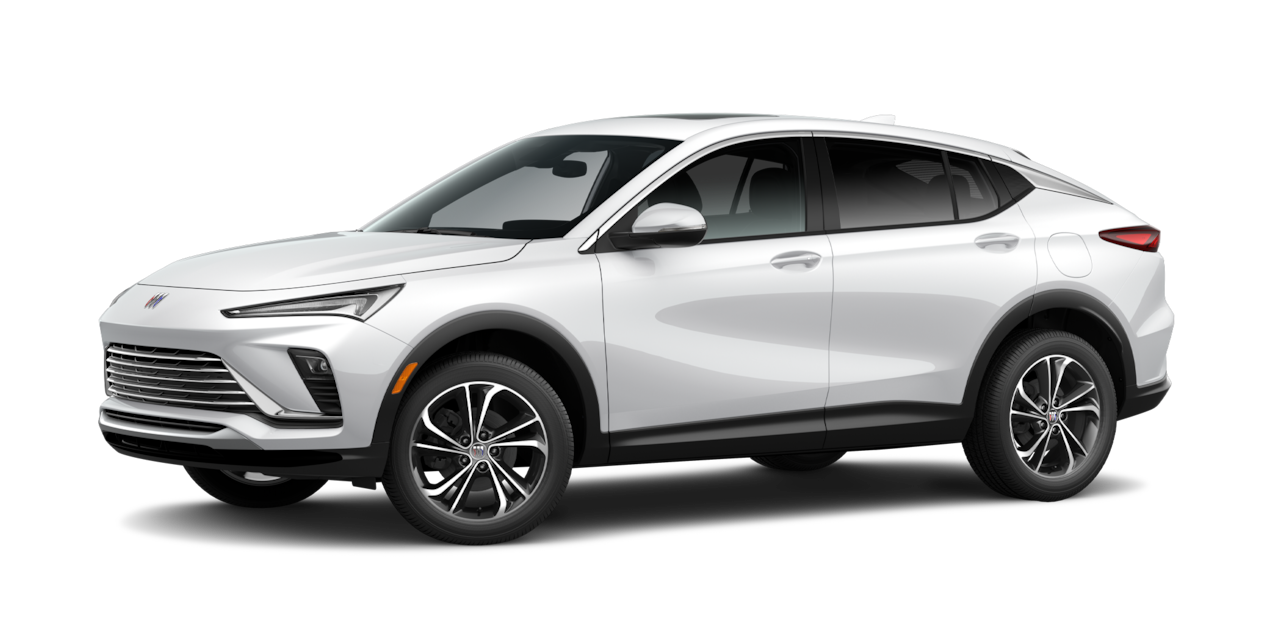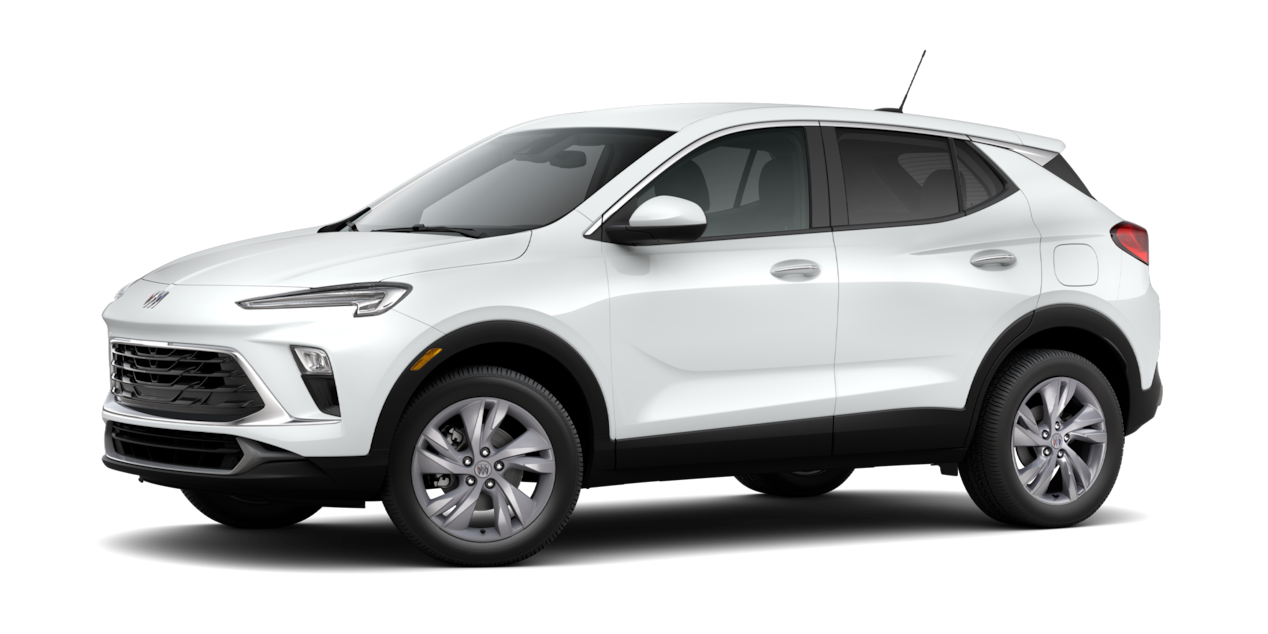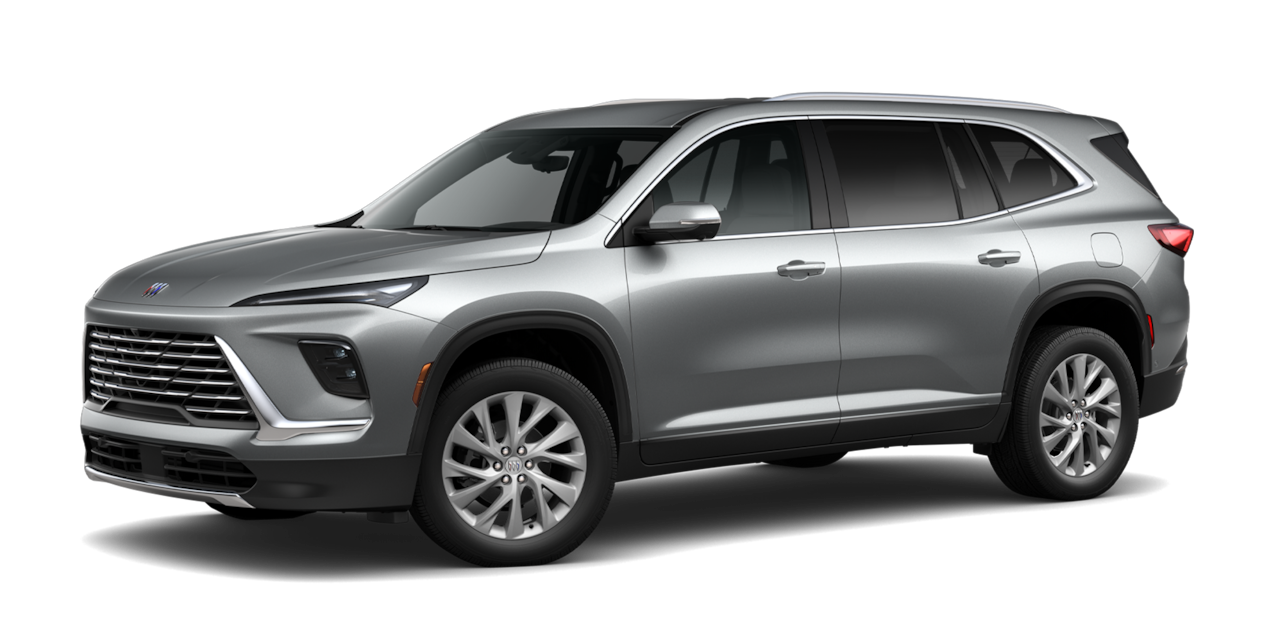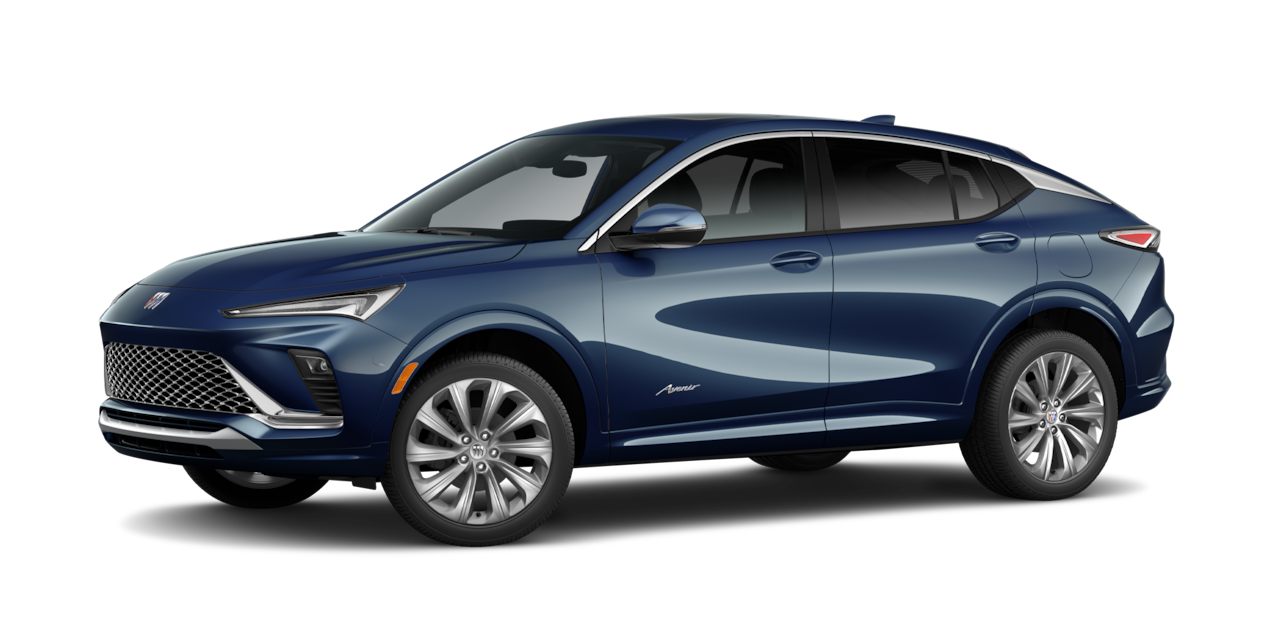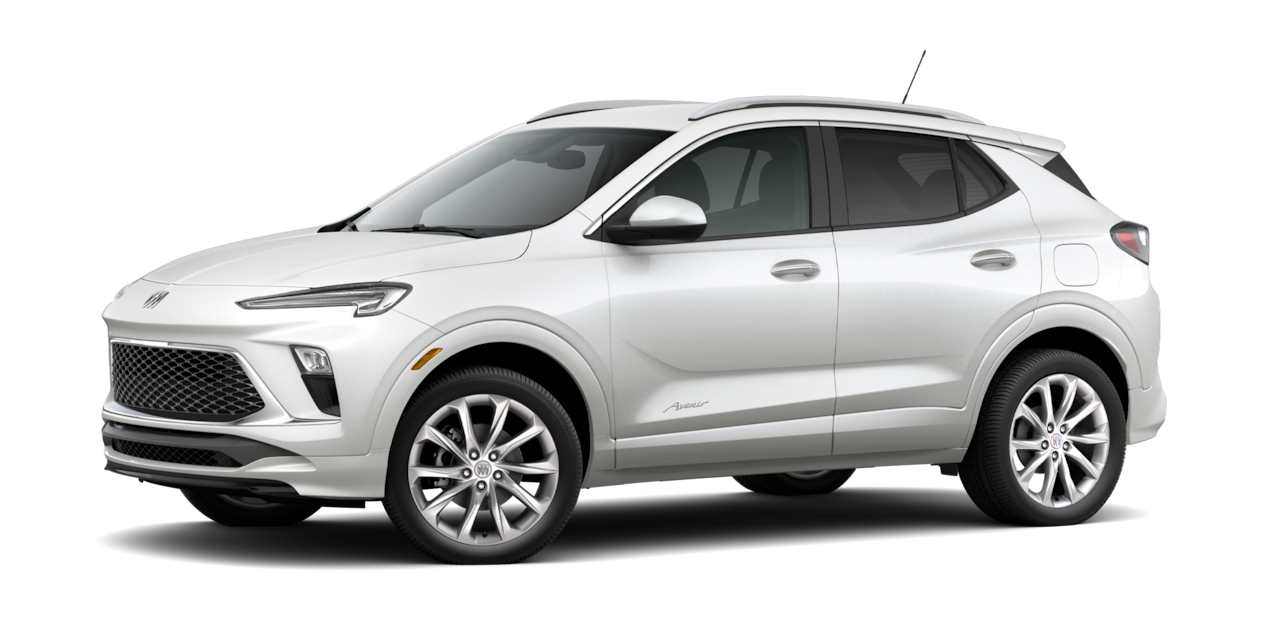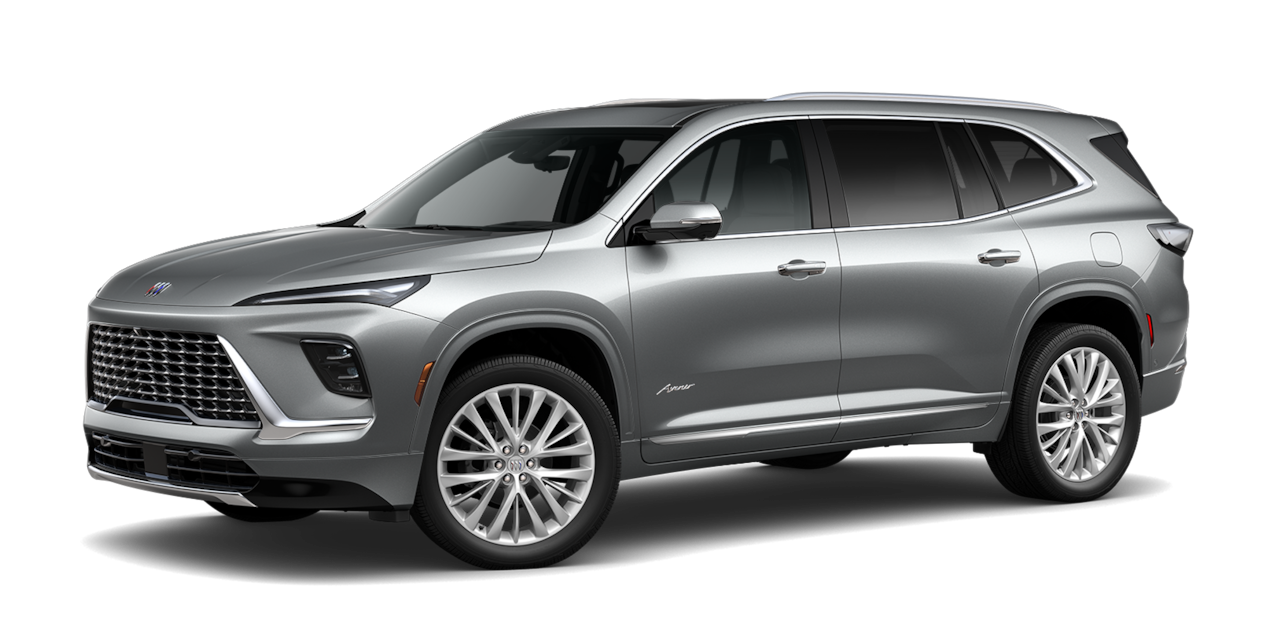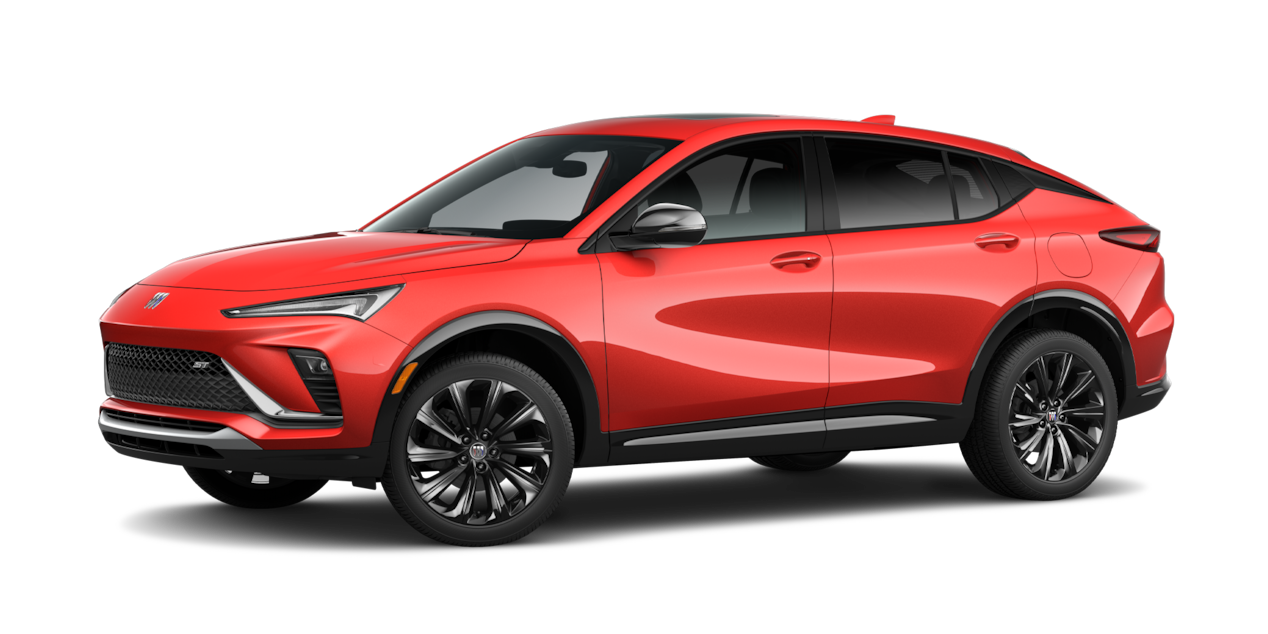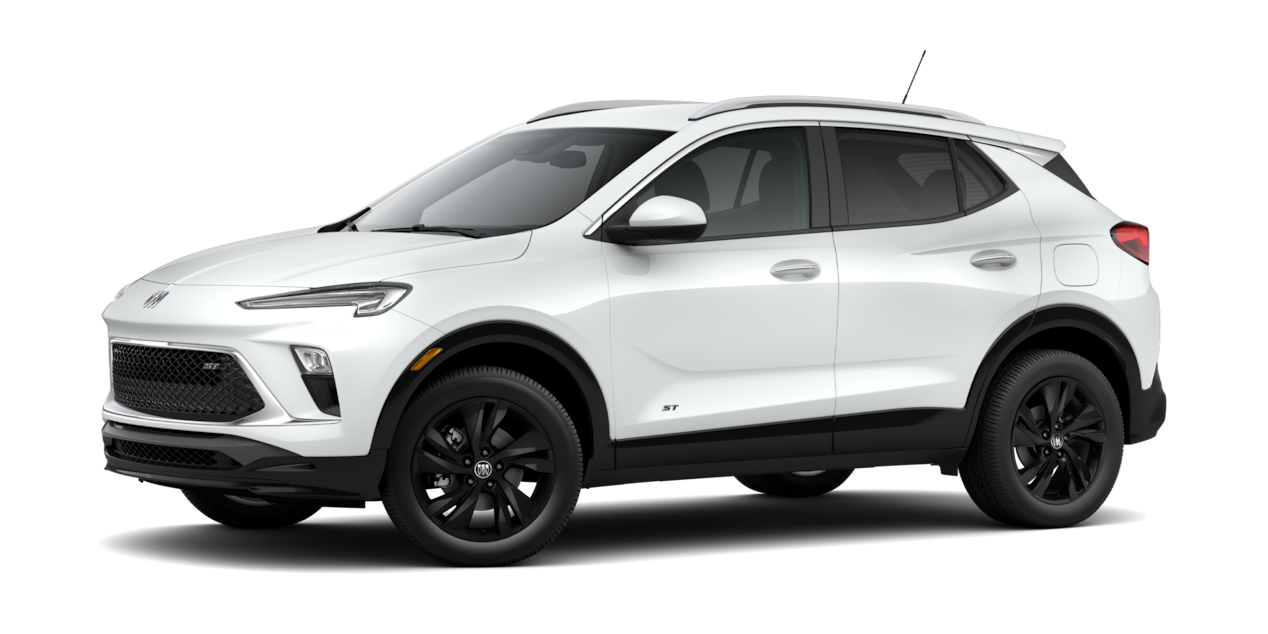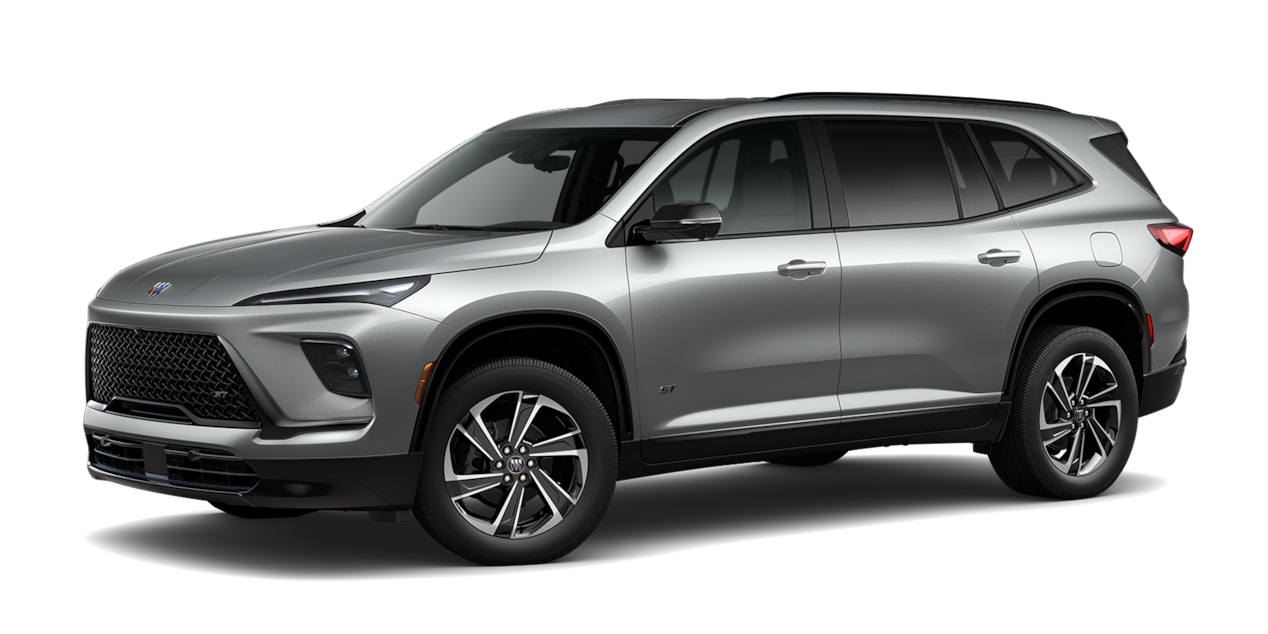Types of tires
Learn about different tire types, and discover how the best fit for your vehicle and driving style helps support safety, comfort and performance. Then use the Tire Finder to ensure the perfect fit for your vehicle.
All-terrain tires
All-terrain tires provide good performance on most road surfaces, in most weather conditions and for most off-road driving. The tread pattern on these tires may wear more quickly than others. If you notice irregular wear, consider rotating your all-terrain tires more frequently than the recommended 7,500 miles. Learn how to check your tire wear.
Run-flat tires
Run-flat tires can be driven on with no air pressure, so there is no need to stop to change the tire in case of a flat. You can continue driving for a short distance, at low speeds, unless there is permanent tire damage. To prevent permanent damage, keep speeds below 50 mph.
Self-sealing tires
Sealant inside these tires reduces air loss in the tread area in the event you encounter common road hazards, such as nails and screws. Unlike traditional tires, this added protection allows continued, safe mobility for short distances. Be sure to have all punctures inspected for repairability by a Buick Certified Service expert as soon as possible.
Performance tires
Performance tires are designed for enhanced handling under demanding driving circumstances and generally have high speed ratings with a low aspect ratio for improved control. Lower-profile tires wear faster. Not built for winter conditions. Tire and wheel damage may occur on rough or damaged roads or from surfaces, curbs, debris or obstacles. This damage is not covered by the GM New Vehicle Limited Warranty. For more details on performance tires, consult your Owner's Manual or speak to your dealer.
All-season tires
All-season tires are for year-round use. Their blend of technologies makes use of different compounds and detailed tread configurations, designed for most driving conditions such as snow, rain, heat, cold, etc. These tires offer good overall performance on most road surfaces and in most weather conditions.
Summer-only tires
Summer-only tires utilize a special tread and compound optimized for maximum dry and wet road performance. This special tread and compound will decrease performance in cold climates and on ice and snow. Therefore, do not use summer-only tires in winter conditions, as it would adversely affect vehicle safety, performance and durability. It's important to use only GM-approved tire and wheel combinations. Unapproved combinations may change the vehicle’s performance characteristics. For more details on summer-only tires, consult your Owner's Manual or speak to your dealer.
Snow/winter tires
Winter tires are designed for increased traction on snow- and ice-covered roads. After installing winter tires, you may encounter decreased dry-road traction, increased road noise and shorter tread life. Watch for changes in your vehicle’s handling and braking. See your dealer for details regarding winter tire availability and proper selection.
For your security, please don’t include personal info such as phone number, address or credit card details.
Related links and resources
Q&As
Looking for something else?
To find out if your vehicle has this feature, contact your dealer or refer to your vehicle’s equipment list. Please check your Owner’s Manual for more information about features.


